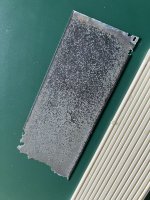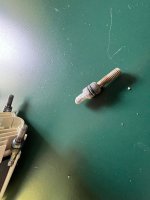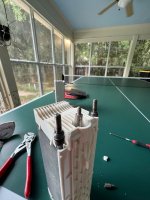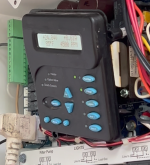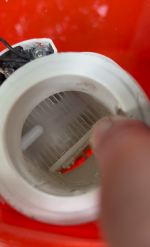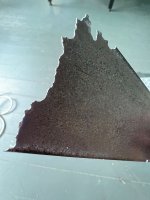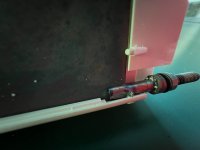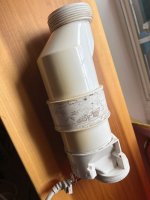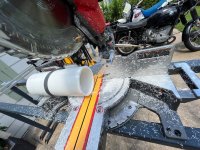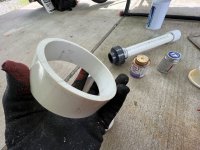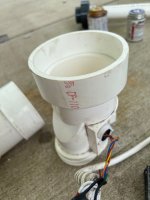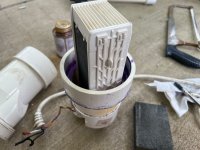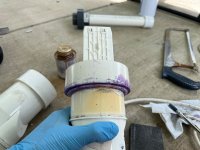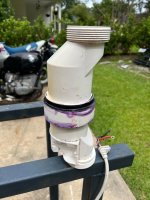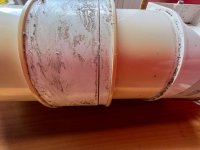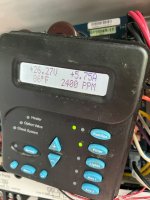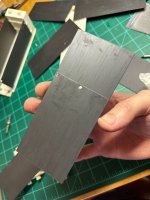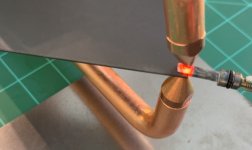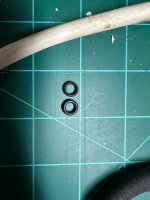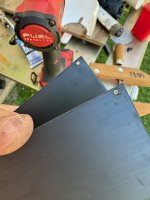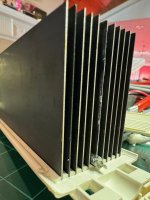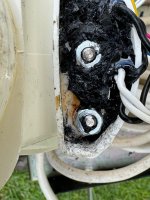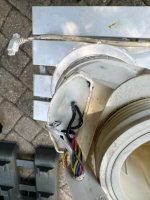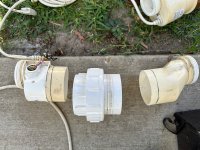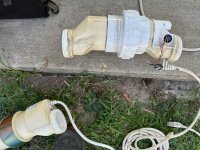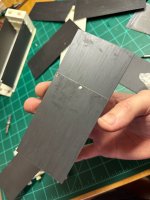- Mar 29, 2012
- 160
Five years ago I hacked apart my dead Hayward T-15 for "science". This week my Chlorinator Pro CP-15 gave up the ghost. Once again, I disassembled it and here are the pictures...
Notes:
- The electrodes were not corroded. They broke during violent disassembly.
- The sealant was not tar like. It felt and smelled like epoxy.
- Plate erosion was minimal.
- The coatings were mostly deep black and paper thin.
- Cell took 2-3 hits with a 3# hammer before breaking. NUMEROUS hard strikes to separate and open.
Plate Erosion
#3 - Free floating plate
Broken plate-electrode weld
Floating plate wire brushed
Three electrodes broken away from plates
Drilling into sealing epoxy
First 5 plates
Middle three plates
Right 5 plates
Temperature sensor?
Plate Carrier
Plate and broken electrode, in carrier
Notes:
- The electrodes were not corroded. They broke during violent disassembly.
- The sealant was not tar like. It felt and smelled like epoxy.
- Plate erosion was minimal.
- The coatings were mostly deep black and paper thin.
- Cell took 2-3 hits with a 3# hammer before breaking. NUMEROUS hard strikes to separate and open.
Plate Erosion
#3 - Free floating plate
Broken plate-electrode weld
Floating plate wire brushed
Three electrodes broken away from plates
Drilling into sealing epoxy
First 5 plates
Middle three plates
Right 5 plates
Temperature sensor?
Plate Carrier
Plate and broken electrode, in carrier
Last edited:


